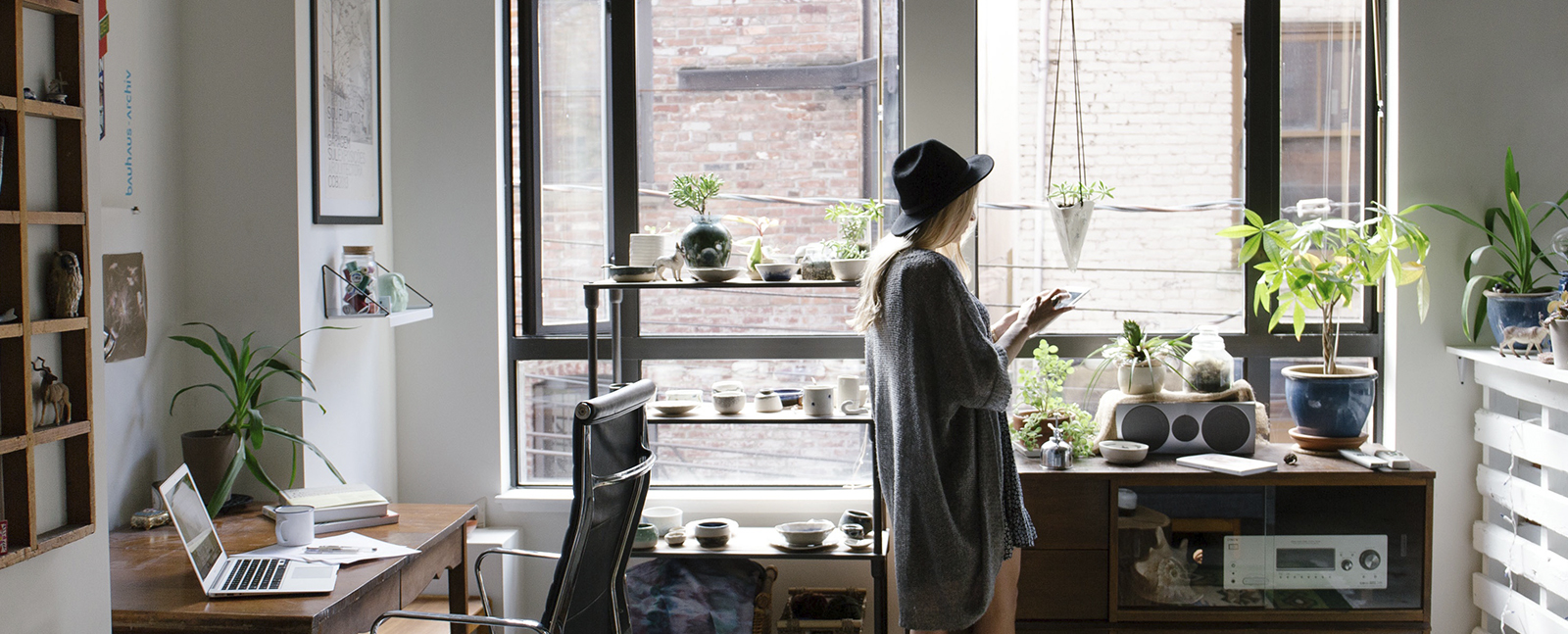Tesla’s plan for added Cybercab safety measure revealed

Tesla will reportedly use teleoperations as an extra safety measure when it first deploys its driverless taxi and ride-hailing service, according to an investor’s note from one firm this morning.
On Tuesday, following a meeting with Tesla’s Investor Relations Head Travis Axelrod, Deutsche Bank wrote in a note that the company expects to need teleoperations, at least at first, as an additional safety measure to back the Cybercab’s camera-based self-driving system. The Cybercab, which was unveiled during a Southern California event in October, doesn’t include a steering wheel or pedals, and is based on the company’s Supervised Full Self-Driving (FSD) software, utilizing only cameras and real-time driving scenarios to train its AI neural network to make driving decisions.
“Tesla believes it would be reasonable to assume some type of teleoperator would be needed at least initially for safety/redundancy purposes,” the firm wrote in a Monday note (via Reuters).
Tesla has not responded to Teslarati’s request to confirm the claim or provide additional details.
READ MORE ABOUT THE CYBERCAB: Tesla’s Elon Musk reveals why Cybercab, Cybertruck don’t equip company logos
Tesla Cybercab: fewer parts, autonomy from driving to charging
Teslarati was one of the first few to take a ride in the Cybercab at Tesla’s October 10 “We, Robot” event, which took place at a Warner Brothers studio in Burbank, California. You can get a close-up look at the two-seat Cybercab in our coverage of the event below.
: Our FULL first ride in the @Tesla Cybercab pic.twitter.com/6gR7OgKRCz
— TESLARATI (@Teslarati) October 11, 2024
Beyond touting the scalability of its FSD software, due to its utilization of a neural network model unlike other companies that are subject to geofencing and pre-mapping, Tesla has regularly highlighted the lower-cost cameras its products use as a major savings benefit compared to companies that use LiDAR and multiple redundant systems at once. While redundancy may be important to Tesla at first with the use of teleoperation, the company is looking long-term at a non-redundant camera-based system used in its other vehicles, which has already been gathering training data from real drivers over the years.
Earlier this month, Tesla’s Principal Mechanical Design Engineer Eric Earley said that the Cybercab has roughly half the parts of a Model 3, highlighting the massive cost-savings the company expects to gain from production of the autonomous vehicle.
“Two seats unlocks a lot of opportunity aerodynamically. It also means we cut the part count of Cybercab down by a substantial margin. We’re gonna be delivering a car that has roughly half the parts of Model 3 today,” Earley said. “It also means when you need to clean the car as a rideshare asset, you really don’t have to worry about navigating multiple doors, multiple seats. You really just have what looks like a bench seat, easy to clean automatically.”
Eventually, Tesla aims to produce two million Cybercabs per year, and in addition to being fully driverless, the company has also shared plans for a wireless charging system, and an autonomous cleaning robot, both of which are expected to allow the vehicle to be completely independent of human input, even beyond driving.
What are your thoughts? Let me know at zach@teslarati.com, find me on X at @zacharyvisconti, or send us tips at tips@teslarati.com.


The post Tesla’s plan for added Cybercab safety measure revealed appeared first on TESLARATI.
Go to Source
Author: Zachary Visconti



